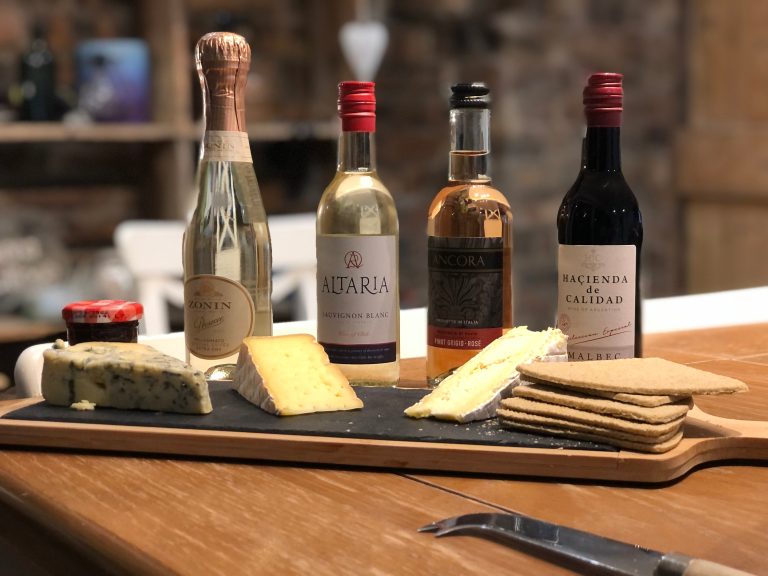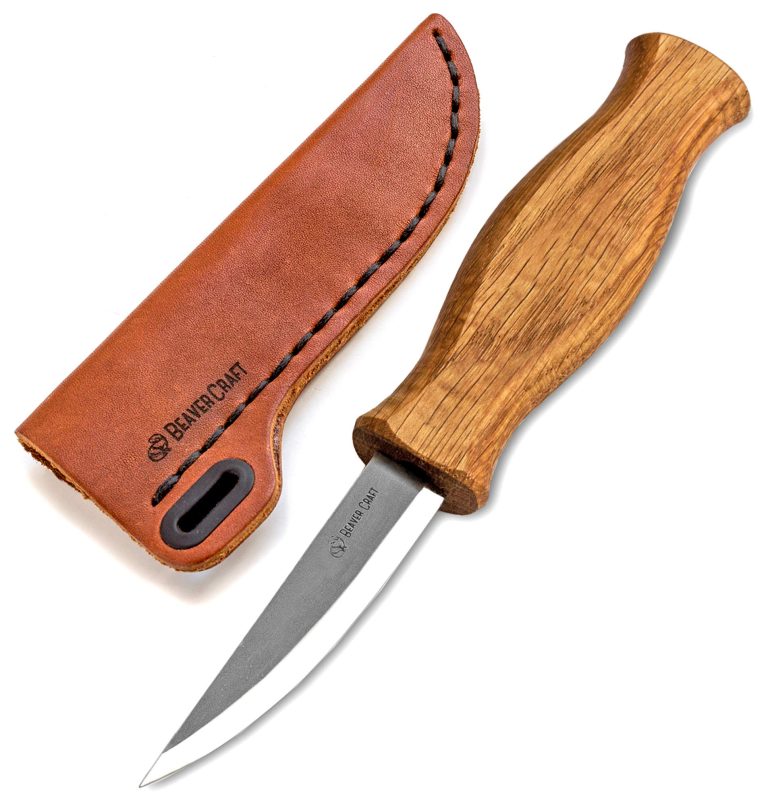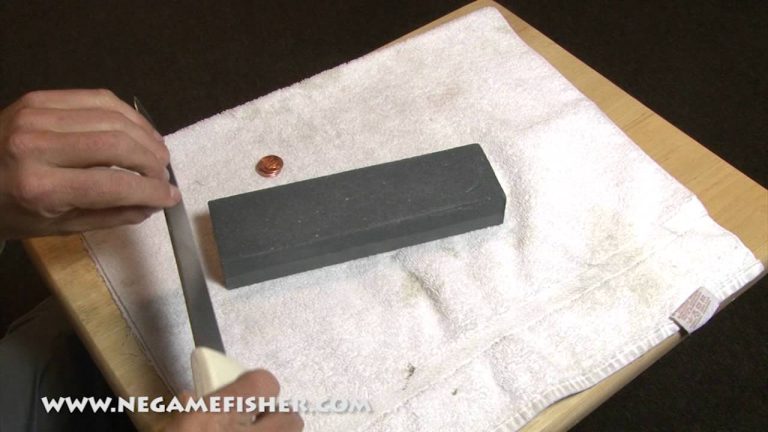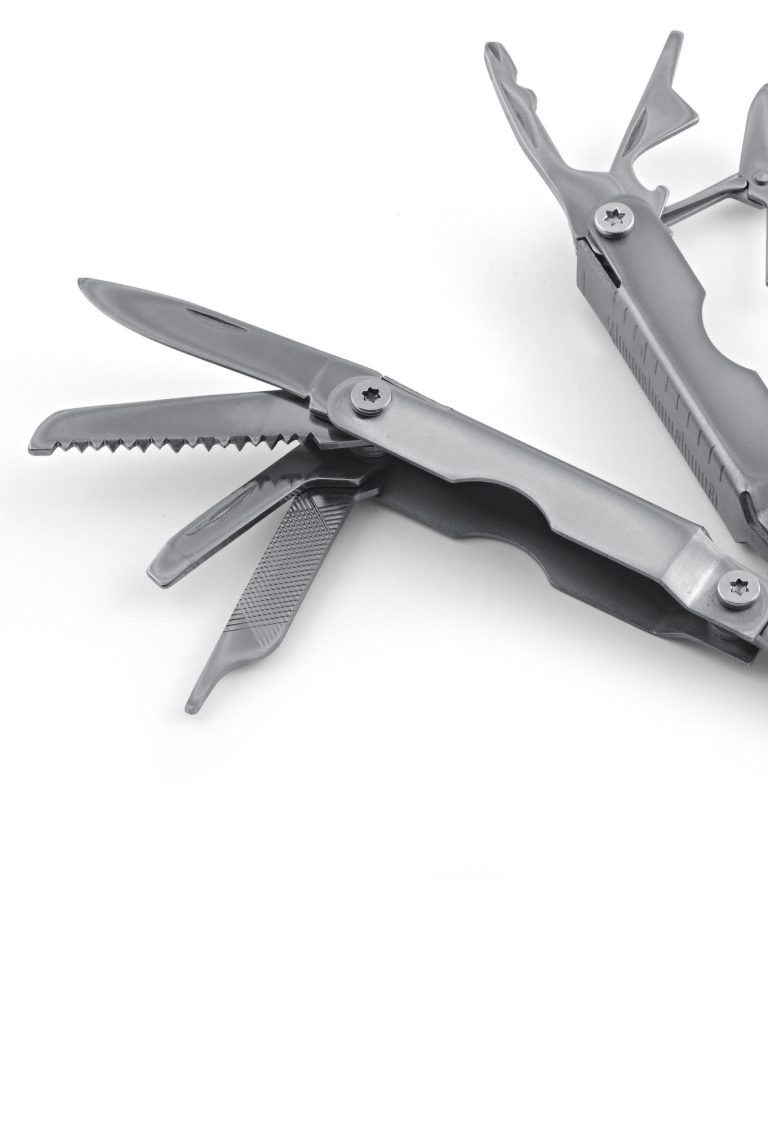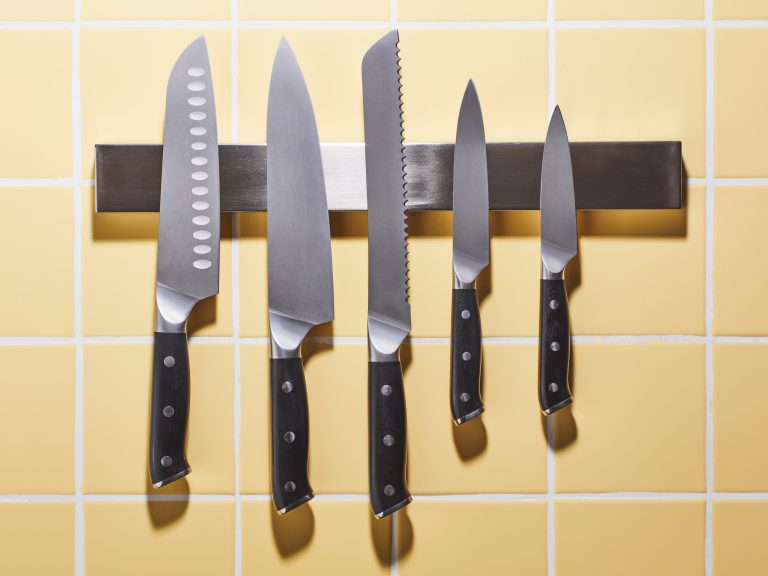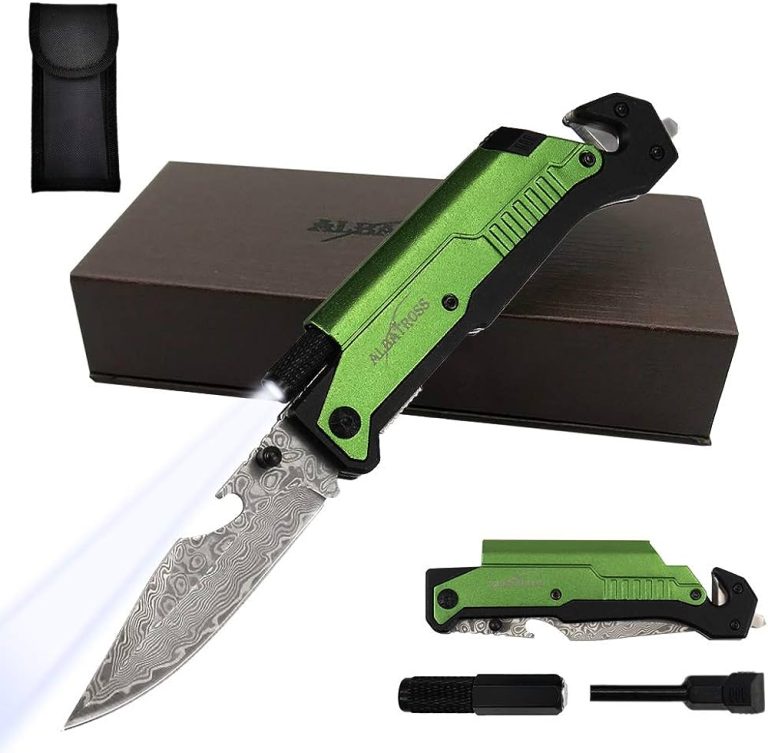Slicing Knife Vs Carving Knife: Uncover the Ultimate Cutting Power
A slicing knife is used for cutting thin slices of meat and other foods, while a carving knife is used for slicing larger cuts of meat. These knives are specifically designed for different tasks.
When it comes to preparing meals, having the right tools can make a world of difference. While many people may think that a slicing knife and a carving knife are the same thing, they actually have distinct differences that make them ideal for specific tasks.
Whether you’re a professional chef or an amateur cook, knowing the difference between a slicing knife and a carving knife is essential to ensure you achieve the best results in the kitchen. We will explore the unique characteristics and uses of these two types of knives, so you can choose the right one for your culinary endeavors. So, let’s dive in and discover the diverse skills that each of these knives possesses.
Understanding The Purpose Of Each Knife
| Slicing Knife: | Carving Knife: |
|
|
Comparing Blade Designs And Lengths
| Slicing Knife: | Carving Knife: |
|
|
Key Differences In Blade Thickness And Flexibility
Slicing knives typically have a thinner blade, which results in less resistance when cutting and allows for smoother, more precise slicing of delicate ingredients. On the other hand, carving knives often have a slightly thicker blade that provides more stability and control during the carving process. This makes them suitable for handling denser cuts of meat. The differences in blade thickness and flexibility between slicing knives and carving knives make them better suited for specific tasks. Whether you need to thinly slice vegetables for a salad or carve a roast, choosing the right knife can greatly impact your culinary endeavors.
Understanding The Ergonomics And Handles
Ergonomics and handles play a crucial role in the comparison between slicing knives and carving knives.
For slicing knives, a comfortable grip is achieved through the use of ergonomic handles. The weight distribution is carefully balanced to ensure effortless slicing motions. Additionally, the choice of handle materials is varied, allowing users to select based on their personal preferences.
On the other hand, carving knives prioritize precise control. Ergonomic handles enable users to have optimal control over their movements. The knives’ balanced weight promotes seamless carving maneuvers. Similarly, the materials used for carving knife handles are selected based on the user’s comfort.
| Slicing Knife | Carving Knife |
|---|---|
|
– Ergonomic handle for comfortable grip – Balanced weight distribution for effortless slicing – Handle materials vary for personal preferences |
– Ergonomic handle for precise control – Balanced weight for optimal carving maneuvers – Handle materials chosen based on user comfort |
Decoding The Recommended Uses And Applications
Slicing Knife:
Perfect for cutting boneless meats, like steaks. Ideal for slicing larger quantities of food. Suitable for creating thin and even slices.
Carving Knife:
Recommended for carving cooked meats and poultry. Suitable for slicing thin slices of roasts and turkeys. Optimal for special occasions and presentation.
Choosing The Right Knife For Your Needs
Choosing the right knife for your culinary needs is essential in ensuring efficient and precise slicing and carving. When considering whether to opt for a slicing knife or a carving knife, there are a few factors to keep in mind:
Types of food: Consider the types of food you frequently prepare and slice. A slicing knife is ideal for slicing meats, poultry, and fish, while a carving knife excels in carving roasted meats and slicing large fruits and vegetables.
Cutting techniques: Your cutting techniques and preferences also play a significant role. A slicing knife’s long, narrow blade is perfect for smooth, uninterrupted slicing motions, while a carving knife’s longer, wider blade is designed for steady, controlled cutting and carving.
Budget and quality: Budget and quality considerations are important. Slicing knives tend to be more versatile and suitable for everyday use, offering a range of price points. Carving knives, on the other hand, are often specialized and of higher quality, making them a worthwhile investment for specific tasks.
Both knives offer their unique cutting capabilities, so it ultimately depends on your specific needs. Take into account the types of food you commonly prepare, your preferred cutting techniques, and your budget. By choosing the right knife, you can enhance your culinary experience and achieve professional-level results.
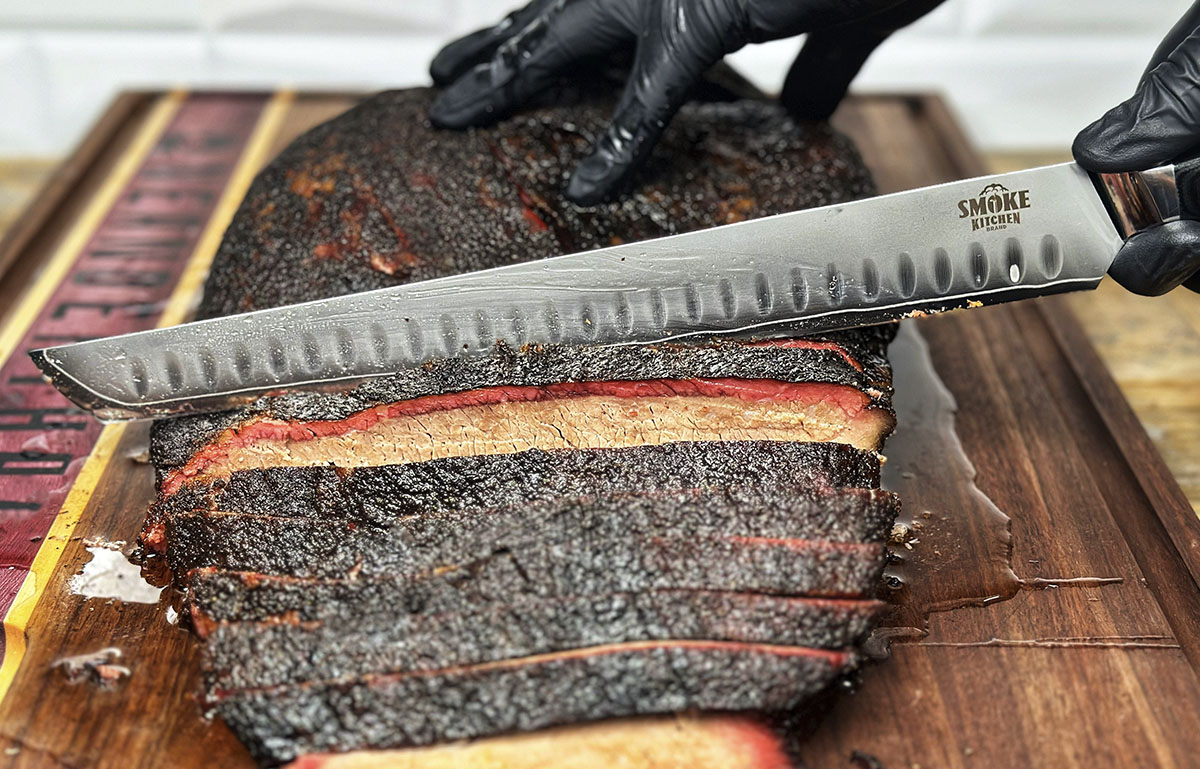
Credit: www.smokedbbqsource.com
Conclusion
To sum it up, both the slicing knife and carving knife play crucial roles in the kitchen, each with its own unique qualities. The slicing knife, with its long and narrow blade, excels at creating thin, precise slices of meats and vegetables.
On the other hand, the carving knife, with its longer and thicker blade, is perfect for smoothly slicing large cuts of meat, such as roasts and turkeys. Both knives have specific features that make them ideal for different tasks. Whether you’re a professional chef or a home cook, having both a slicing knife and a carving knife in your kitchen arsenal can greatly enhance your culinary skills and ensure that you create the perfect slices every time.
Investing in high-quality knives and understanding their purpose will contribute to your overall cooking experience and presentation of your dishes. So, take the time to choose the right knife for each task and enjoy the satisfaction of perfectly sliced and beautifully presented meals.

